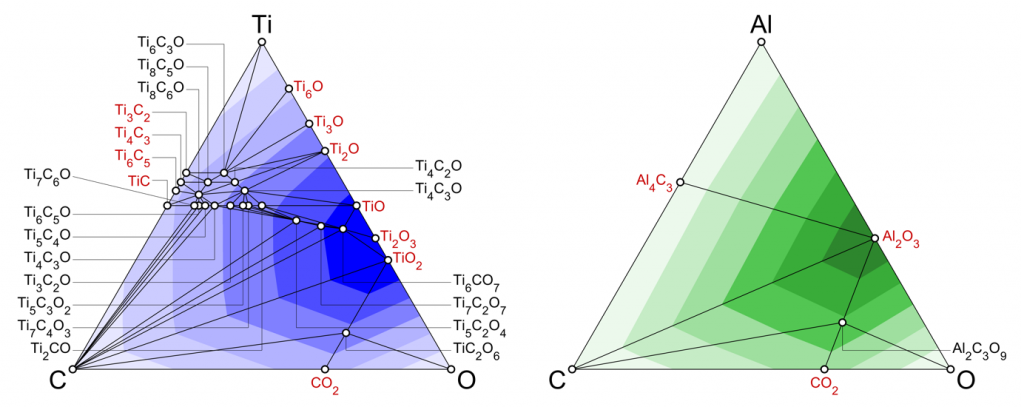Navigating the Ti-C-O and Al-C-O ternary systems through theory-driven discovery
https://doi.org/10.1103/PhysRevMaterials.5.123801

Titanium and aluminium are materials with significant industrial applications, and worldwide production of these metals measures in the hundreds of millions of tons each year. Paired with carbon and oxygen, titanium and aluminium are known to form oxides and carbides, with a wide range of applications: ceramics, battery electrodes, solar cells, carbon dioxide photoreduction, water splitting and more.
A study by Joseph Nelson and Chris Pickard of the Department of Materials, University of Cambridge and the AIMR, Tohoku University, uses structure prediction to exhaustively explore the Ti-C-O and Al-C-O ternary systems: that is, the set of compounds which can form from Ti, C and O, and Al, C and O, respectively. A computational approach incorporating first-principles calculations combined with random structure searching (AIRSS) is employed. This approach is data agnostic, allowing the exploration of new crystal structures without prior knowledge or experimental data.
In addition to rediscovering a plethora of known oxide and carbide materials, titanium and aluminium carbonate are identified as stable compounds. These compounds could potentially play a role in carbon sequestration.
Authors: Joseph R. Nelson, Richard J. Needs, Chris J. Pickard
Featured in:
https://doi.org/10.1103/PhysRevMaterials.5.123801
